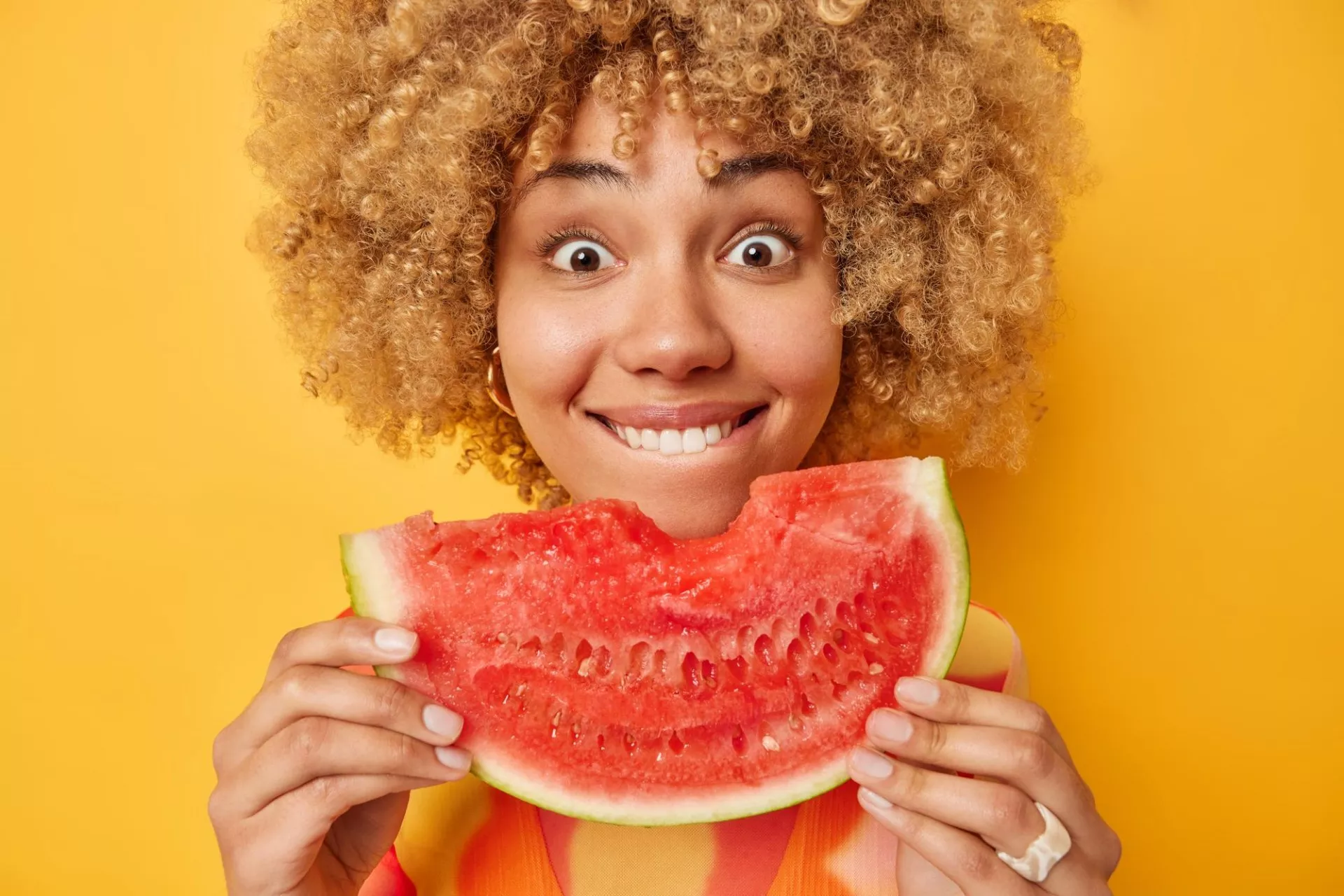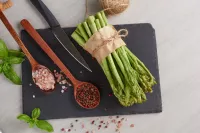How to incorporate hydrating foods into your summer diet.
There are early warning signs of dehydration, such as a dry mouth and tiredness, and while these may not seem too serious, the situation can easily get worse. As you become more dehydrated, you are likely to start suffering from the following:
- Headache
- Dizziness or light-headedness
- Sleepiness
- Decrease in urination
- Dark yellow- or amber-coloured urine
- Decreased skin elasticity
- Dry mouth and mucous membranes (lips, gums, nostrils)
- Low blood pressure
The more severe the dehydration becomes, the most serious the harm to your body. In extreme cases, it can even lead to long-term organ damage.
The majority of our hydration, roughly 80%, comes from what we drink. Therefore, it is important to keep drinking water when out in the sun. The amount of water a person needs depends somewhat on factors such as weight and age. Some estimate that an adult under the age of 65 needs 30ml of liquid per pound of weight.
However, in addition to drinking, we do get 20% of hydration from the foods we eat. During summer, there are plenty of fresh fruit and vegetables available that have a very high water content. Furthermore, they are delicious. Therefore, it seems sensible to aid our hydration by enjoying these foods.
Here are a few ideas of how to incorporate hydrating foods into your summer diet:
Watermelon
Watermelon is up to 92% water! Furthermore, it is full of vitamins A, C and B6, as well as potassium. Studies have found that watermelon can contain up to a quarter of the Recommended Daily Intake (RDI) of vitamin C as well. Therefore, eating watermelon can provide several benefits in addition to hydration, such as help with muscle and bone repair and maintenance.
You can use watermelon in a minty melon salad, sweet and savoury salads, or eat it together with grilled chicken, with feta cheese, and even balsamic vinegar. In other words, there are plenty of options.
Cooked Courgette
Even after it has been cooked, courgette contains up to 95% water. Eating it delivers vitamins A and C, together with potassium, magnesium, and antioxidants. There are studies that have found that cooked courgette contains more vitamin A than raw, delivering almost 40% of the RDI. This means it can help improve your vision and immune system.
There are plenty of dishes that courgette can be incorporated into, including noodles and grilled kababs.
Peaches
Peaches are up to 89% water and they are full of vitamins such as A, C and E, as well as potassium, fibre and antioxidants. Studies have found that most peaches contain around 17% of the RDI of vitamin C. This means that peaches can deliver numerous health benefits, such as improved digestion, immune system, and skin.
In addition to eating peaches plain, they can be grilled, used in salads, and far more.
Raw Spinach
Spinach is an amazing 91-93% water and it contains vitamins A, C and K, together with iron, calcium, folate/folic acid, and fibre. In fact, spinach is roughly a quarter soluble fibre and it is high in insoluble fibre, the kind that passes through the body largely intact. This means that spinach can improve your gut health, digestion, and blood pressure.
There are many ways of eating spinach, and some people will simply substitute it for lettuce in sandwiches, salads, and so on.
Yoghurt
Plain yoghurt made with whole milk is up to 88% water. Furthermore, it is a great source of protein, probiotics, calcium, and phosphorous. When you eat yoghurt containing active cultures, it is actually one of the best sources of probiotics around. This means that it can improve your gut health, as well as your bones and blood pressure.
There are numerous ways to eat yoghurt. You can have it at breakfast with berries and granola. Alternatively, why not make some frozen yoghurt ice lollies by blending it with your favourite fruits.
Water Alternatives
As mentioned, even if you eat all of the above foods, they will still only account for about 20% of your required hydration. However, if you don’t like water, then there are plenty of healthy alternatives.
For instance, you can take almost any fresh fruit and slice, crush or squeeze it before adding water. You can even add herbs such as mint and basil for extra flavour. What you should avoid is anything that is a diuretic, as this will simply hasten your dehydration.
The best thing is to keep a drink with you at all times but to make life more enjoyable with some of the foods listed above. This way, you can stay healthily hydrated throughout the summer months while enjoying the glorious sunshine.

 30 Light Recipe Ideas for Hot Summer Days
30 Light Recipe Ideas for Hot Summer Days How to Cook Asparagus
How to Cook Asparagus



